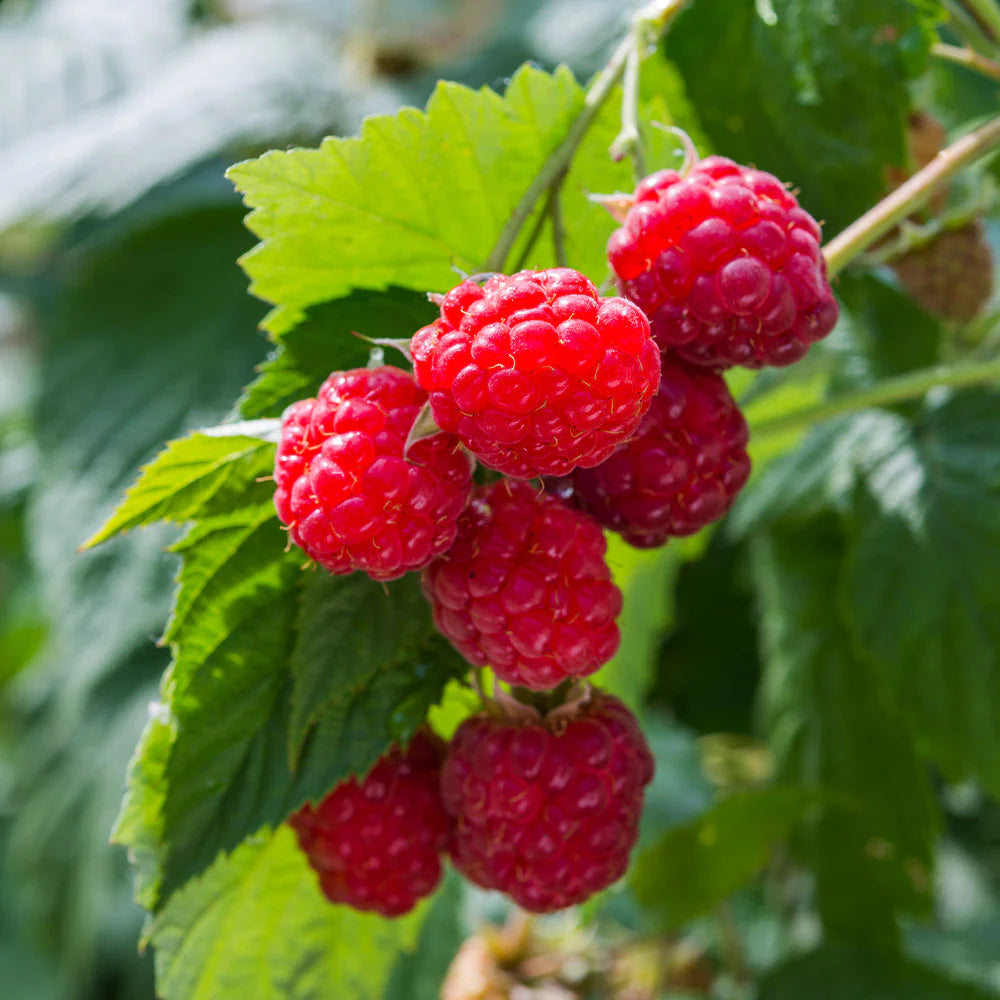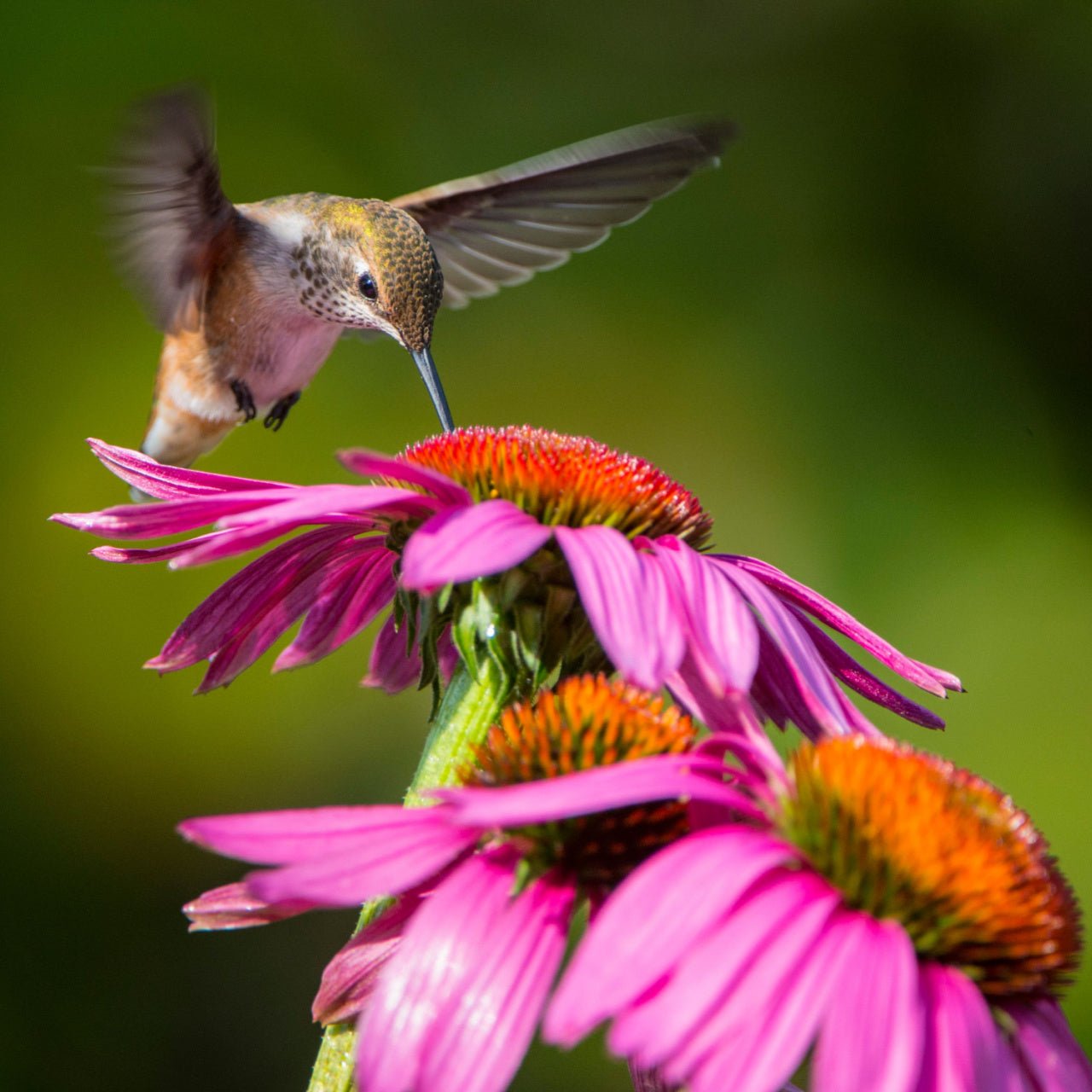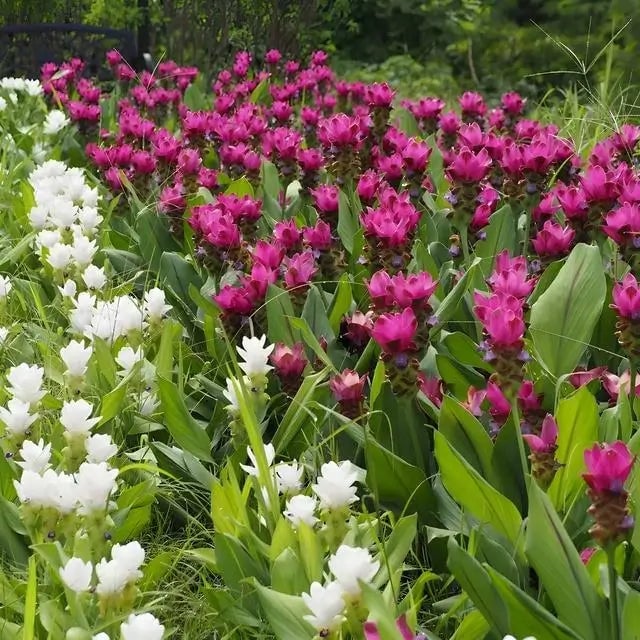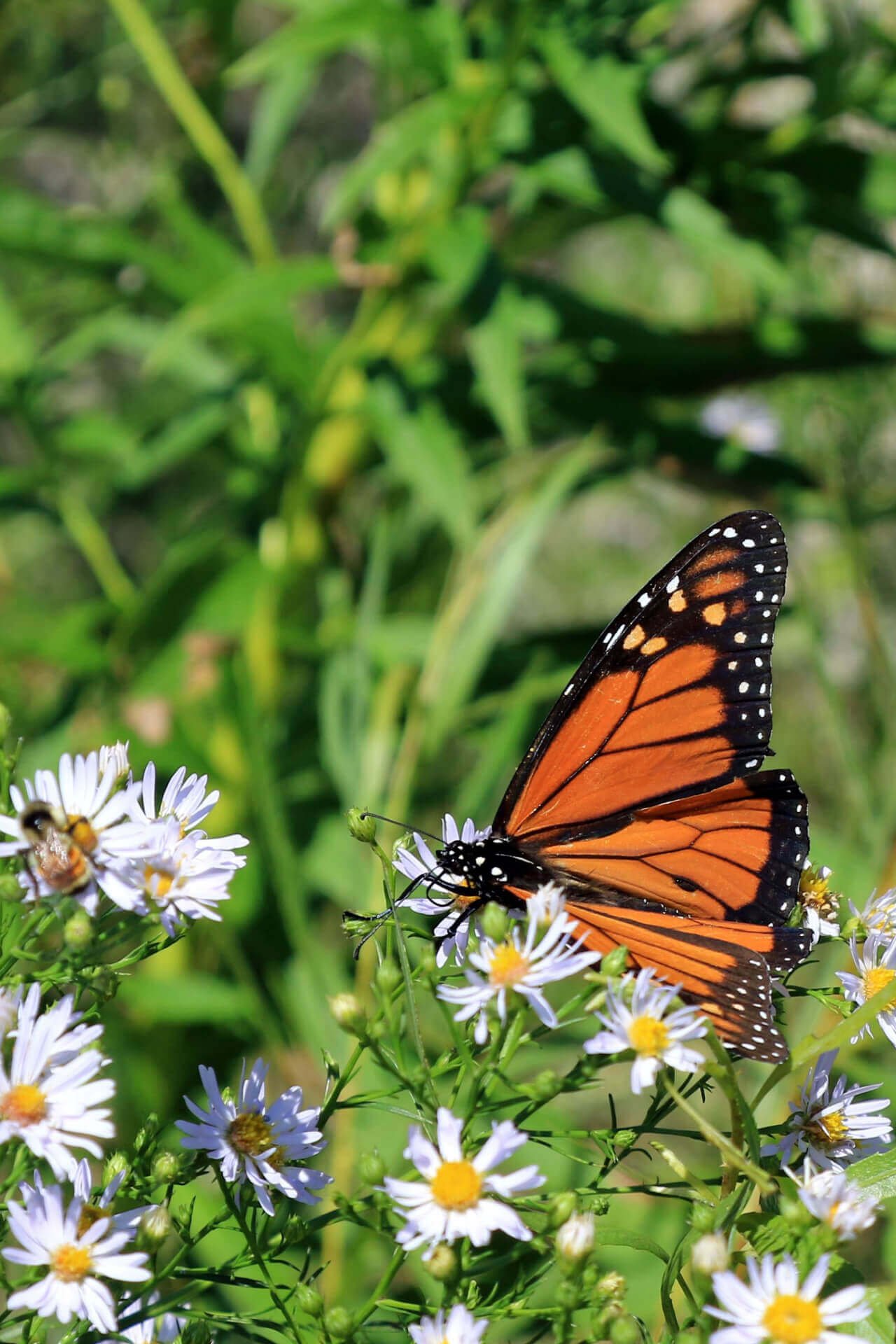
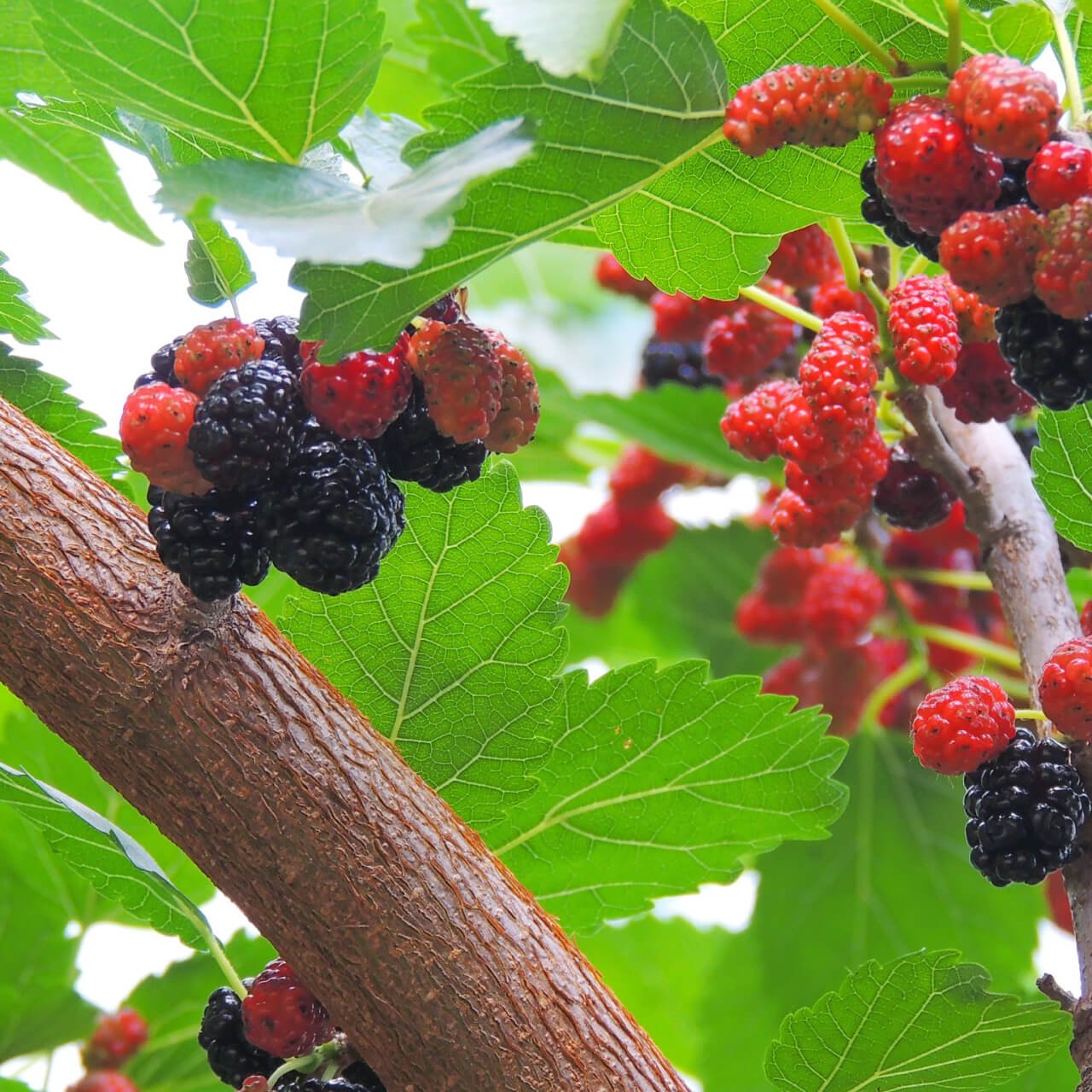



Mulberry Tree
Thrives in Zones 4 - 9
Provides excellent shade and shelter
Fast-growing, quickly fills space
Adaptable to various soil conditions
Ships in
November 2025Mulberry Tree - Morus sp
Mulberry Tree is a tall fruit tree that will add great value to your yard or orchard. Enjoy its fruits in the summertime!
Plant Details - Mulberry Tree
Family: Moraceae
Light Requirement: Full Sun
Water Needs: Moist
Height: 30 – 45 ft.
Spread: 20 – 40 ft.
Growth Rate: Fast
Bloom Time: Spring
Flower Color: Green
Wildlife Value: Attracts bees, birds
Landscape Uses and Maintenance – Mulberry Tree
The Mulberry Tree is a native deciduous tree that has leaves with serrated edges and fruits that range from dark red to white depending on the variety.
Flowers on this tree will bloom in the spring. They are small and green – not ornamental. However, the flowers and leaves have a subtle spicy, earthy scent that you will enjoy in absence of ornamental flowers.
This is a fruit tree that will require at least a moderate amount of maintenance to stay thriving in your yard.
Plant this tree in your yard or add it to your orchard.
Water thoroughly when planting to ensure that this tree is well established in its new home. They need plenty of water when first planted but avoid overwatering. Make sure to keep an eye on watering this tree, as a lack of water will make the immature fruits fall off prematurely. This fruit tree is tolerant of droughts but should be watered in extreme cases.
Prune in winter when this tree is not actively growing. Take care to remove any diseased, damaged, or rubbing branches.
The flowers attract bees. The fruits will attract plenty of wildlife to your garden, including birds, squirrels, and other mammals.
Noteworthy Characteristics
The Mulberry Tree has fruits that are edible and similar in shape to that of blackberries or raspberries but are not sold in stores due to poor shelf life. Quickly pick the fruits of your labor and eat them! You can eat them raw or cooked.
This is a tree that is self- and wind- pollinated in addition to attracting to bees, so if your property has a low population of these insects, you will still be able to have fruits.
This Is How Your Plants Will Look upon Delivery

Height at Maturity
Over 25 Feet
Care
Mulberry trees thrive in well-drained soil and benefit from regular watering, especially during dry periods. They should be trimmed in winter to preserve shape and remove dead branches. In spring, they should be fertilized annually with a balanced fertilizer. Mulch near the bottom to retain moisture and control weeds.
Plant Reproduction
Mulberry trees spread through seeds, root suckers, and bird droppings.
How to Grow and Care for Fruit Trees
Fruit trees are a rewarding addition to any landscape, offering fragrant blossoms in spring and fresh, homegrown harvests in summer or fall. Popular varieties like apple, peach, pear, and plum thrive in full sun and well-drained, nutrient-rich soil. Choose trees suited to your USDA zone, and plant in early spring or fall for the best root development.
Dig a hole twice as wide as the root ball and deep enough so the root flare sits just above the soil line. Backfill with native soil, water deeply, and apply mulch around the base—keeping it a few inches from the trunk—to retain moisture and suppress weeds. Water regularly during the first growing season, especially during dry spells.
Prune annually to shape the tree, improve air circulation, and boost fruit production. Fertilize in early spring with a balanced or fruit-specific fertilizer. With proper planting, seasonal care, and a little patience, fruit trees will reward you with beauty, shade, and bountiful harvests year after year.
Shipping date depends on the date displayed and chosen when you order from the product's page.
We do not accept returned plants. If you purchased an extended warranty we do accept claims, please navigate to the warranty page for instructions HERE







Delicious Berries:
Mulberry trees produce sweet, nutritious berries perfect for eating fresh or making jams.
Rapid Growth:
Known for rapid growth, Mulberry trees provide shade and fruit quickly.
Multiple Uses:
Ideal as a shade tree, fruit tree, or ornamental plant, enhancing garden aesthetics.
Attracts Wildlife:
Draws birds, butterflies, and beneficial insects, boosting garden biodiversity.
Header
Use this content to share information about your store and products.
Frequently asked questions
Still have a question? Contact us here.
Yes, we ship all over the world. Shipping costs will apply, and will be added at checkout. We run discounts and promotions all year, so stay tuned for exclusive deals.
It depends on where you are. Orders processed here will take 5-7 business days to arrive. Overseas deliveries can take anywhere from 7-16 days. Delivery details will be provided in your confirmation email.
You can contact us through our contact page! We will be happy to assist you.








